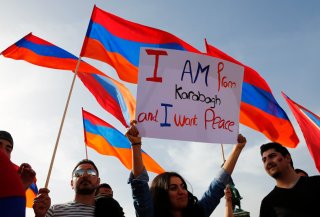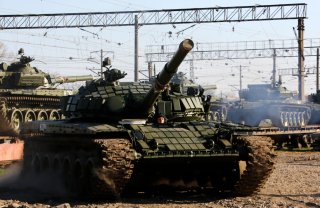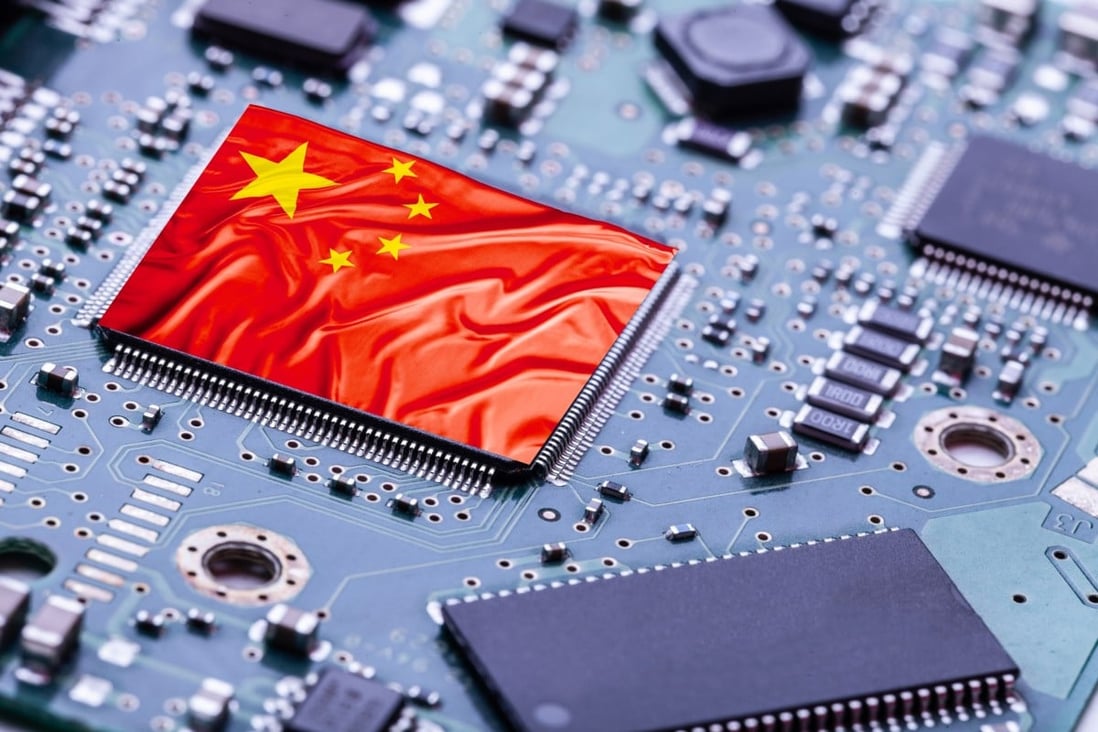Dr. Subhash Kapila

The recent Summit Meet of the Shanghai Cooperation Organisation (SC0) at Samarkand in Uzbekistan once again brings into bold relief the incongruity of India’s continuance as member of the China-led and China-dominated SCO, which perceptionally going by its enlarged Islamic countries composition is reminiscent of a Sino-Islamic Bloc in confrontation with Western Civilisation as predicted by Samuel Huntington in his classic work ‘The Clash of Civilisations’.
China’s semi-official media organ commenting on the SCO Summit asserts that SCO is a “strategic move to break the United States containment of China” by China’s ‘Circle of Friends’ at SCO. Further, China maintained that SCO compliments China’s international stature and influence. Addedly, that United States continues to keep Russia under pressure in Europe while at the same time continuing to keep China under containment pressure.
Reading between the lines it should strike that SCO dominated and led by China with Russia in tow is nothing but a fig-leaf intended to shroud China’s and Russian core aims of forging a united front as counterweight to QUAD and United States bilateral Strategic Partnerships with Major Asian Powers like Japan and India and including Australia in the wider Indo Pacific expanse.



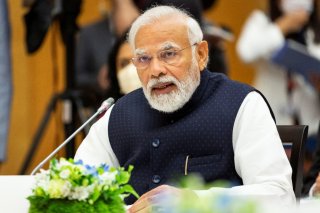
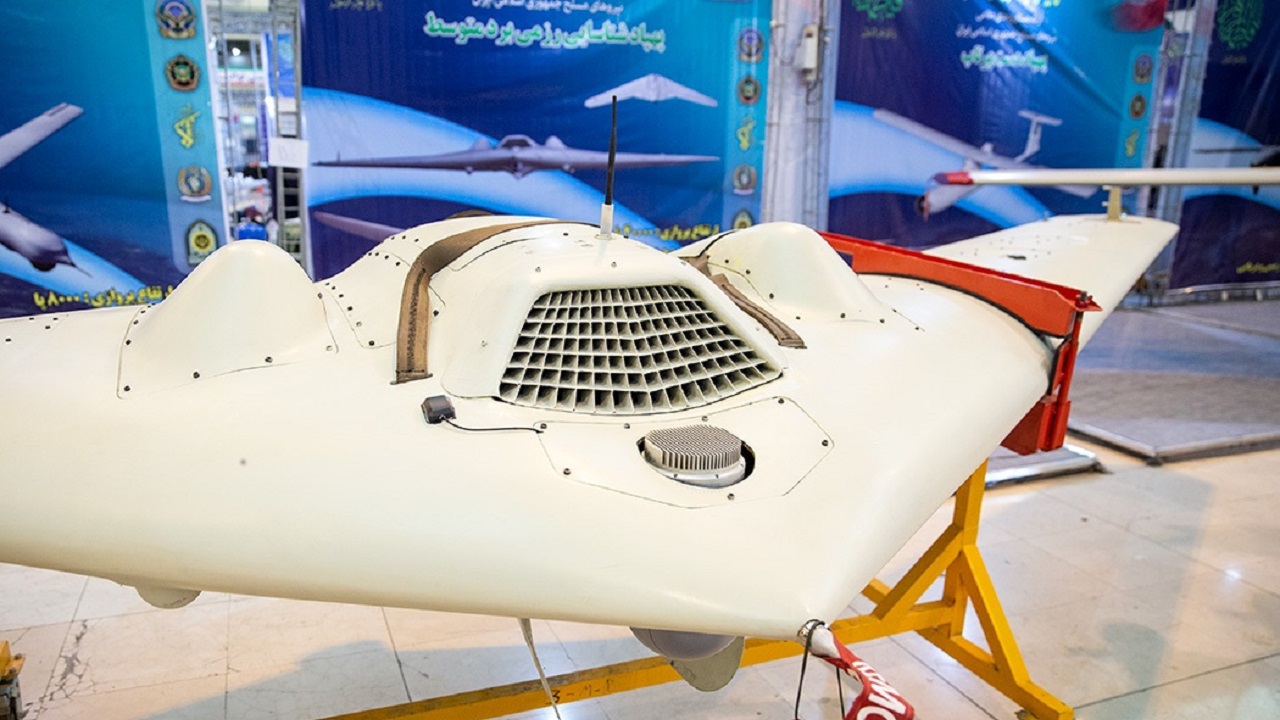
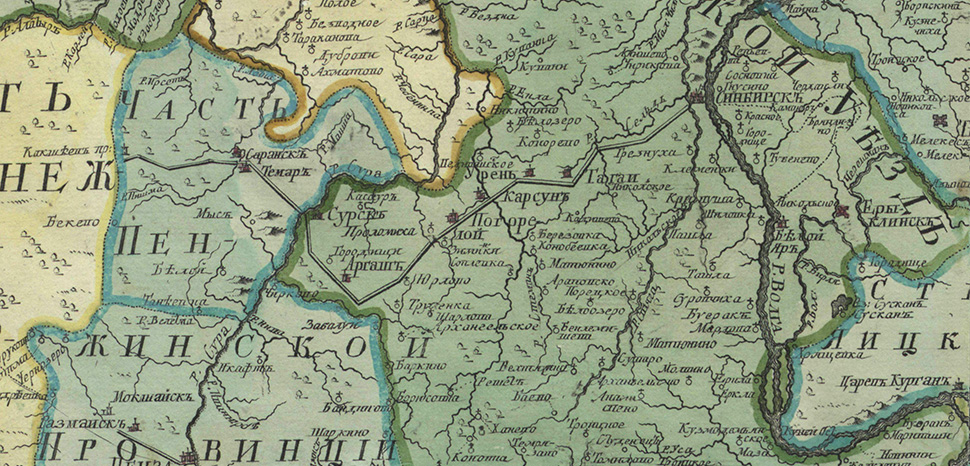
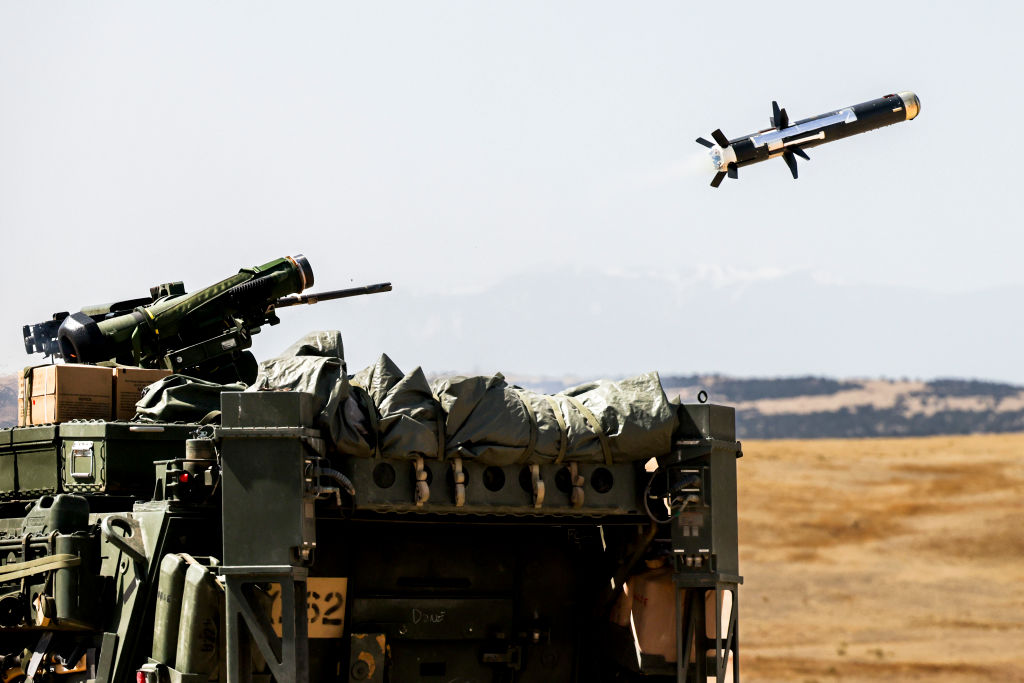
/cdn.vox-cdn.com/uploads/chorus_image/image/71385044/1243103101.0.jpg)


